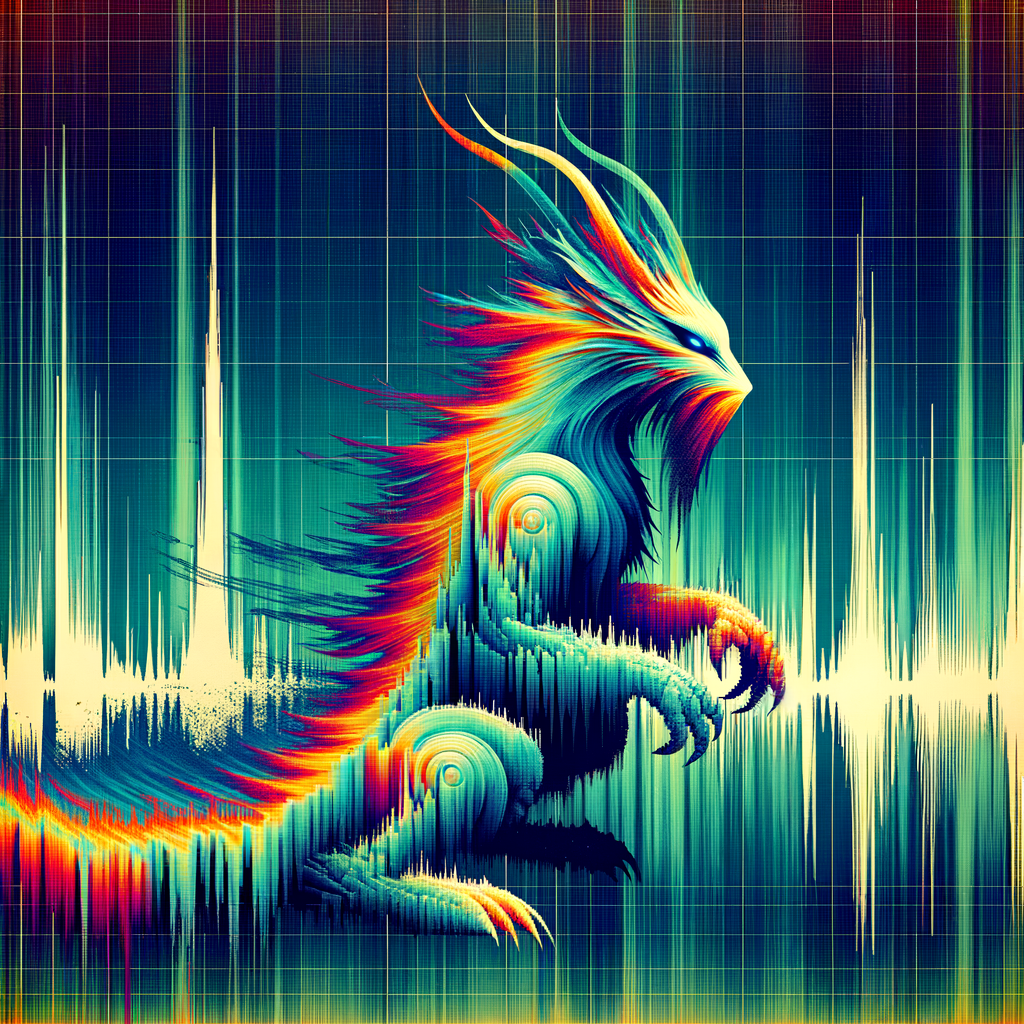Introduction
Throughout history, humans have been fascinated by creatures that evoke fear, awe, and curiosity. Some of these creatures are known for their terrifying appearances, while others are infamous for the unsettling sounds they make. From eerie howls in the night to bone-chilling screeches, these bad-sounding creatures, both real and supernatural, have left an indelible mark on folklore, mythology, and even modern media.
In this article, we will explore some of the most terrifying creatures whose sounds alone can send shivers down your spine. Whether they are real animals or supernatural beings, their unsettling noises have made them legends in their own right. We will also delve into the origins of these creatures, their significance in various cultures, and why their sounds have such a profound impact on the human psyche.
Real Creatures with Terrifying Sounds
1. The Howler Monkey
The howler monkey is one of the loudest animals on Earth. Native to the forests of Central and South America, this creature’s howl can be heard from miles away. The sound is often described as a deep, guttural roar that can be unsettling, especially when heard in the dead of night. Despite their fearsome sound, howler monkeys are herbivores and pose no real threat to humans. However, their vocalizations have earned them a place among the most terrifying-sounding creatures in the animal kingdom.
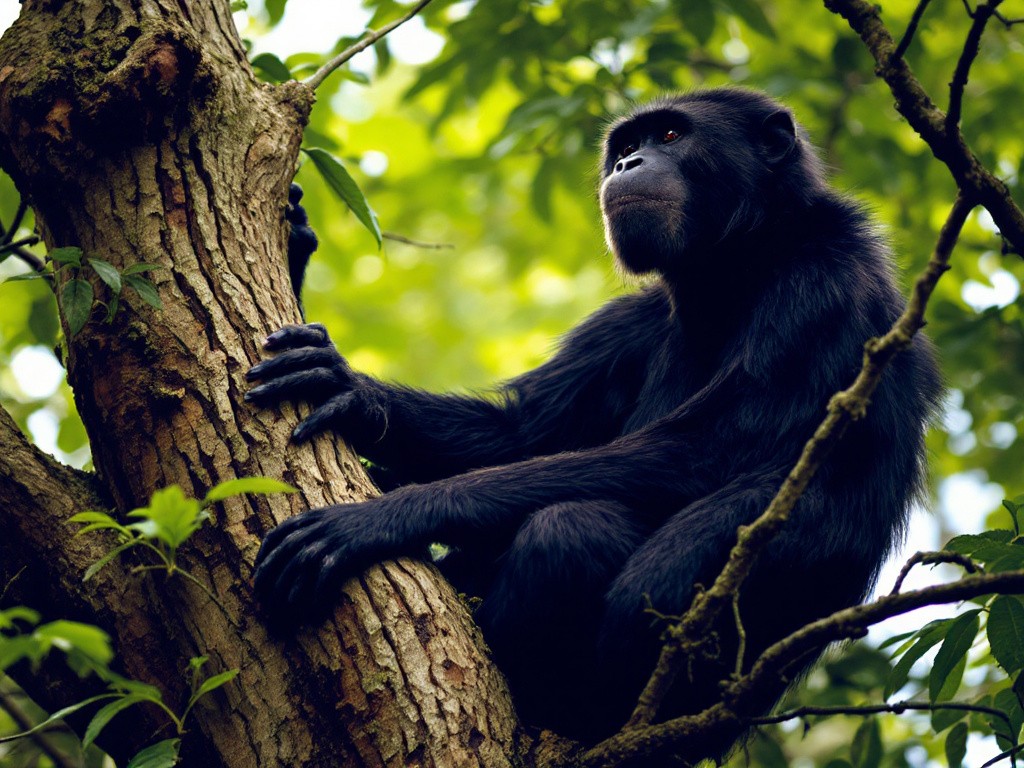
2. The Tasmanian Devil
The Tasmanian devil is a carnivorous marsupial native to the island of Tasmania. While it may look small and unassuming, its screeches are anything but. The Tasmanian devil is known for its blood-curdling screams, which it uses to communicate with other devils and to scare off potential threats. These sounds, combined with the creature’s aggressive behavior, have made it a symbol of fear in Australian folklore.
3. The Barn Owl
The barn owl is often associated with mystery and the supernatural, and its eerie screeches only add to its mystique. Unlike the typical “hoot” associated with owls, the barn owl emits a long, harsh scream that can be quite unsettling, especially when heard in the stillness of the night. In many cultures, the barn owl’s call is considered an omen of death or misfortune.
4. The Red Fox
The red fox is a common animal found in many parts of the world, but its vocalizations are anything but ordinary. The fox’s scream is high-pitched and sounds eerily similar to a human scream, which can be quite disturbing when heard in the wild. This sound is often used during mating season, but it has also been the source of many ghost stories and urban legends.
5. The American Alligator
The American alligator is known for its deep, resonant bellows, which can be heard from a great distance. These sounds are used during mating season to attract females, but they can also serve as a warning to other males. The alligator’s bellow is a low-frequency sound that can be felt as much as it is heard, adding to its fearsome reputation.
Supernatural Creatures with Terrifying Sounds
1. The Banshee
In Irish mythology, the banshee is a female spirit whose wail is said to foretell the death of a family member. The banshee’s scream is described as a piercing, mournful cry that can be heard from great distances. According to legend, hearing the banshee’s wail means that death is near, making her one of the most feared supernatural beings in Celtic folklore.
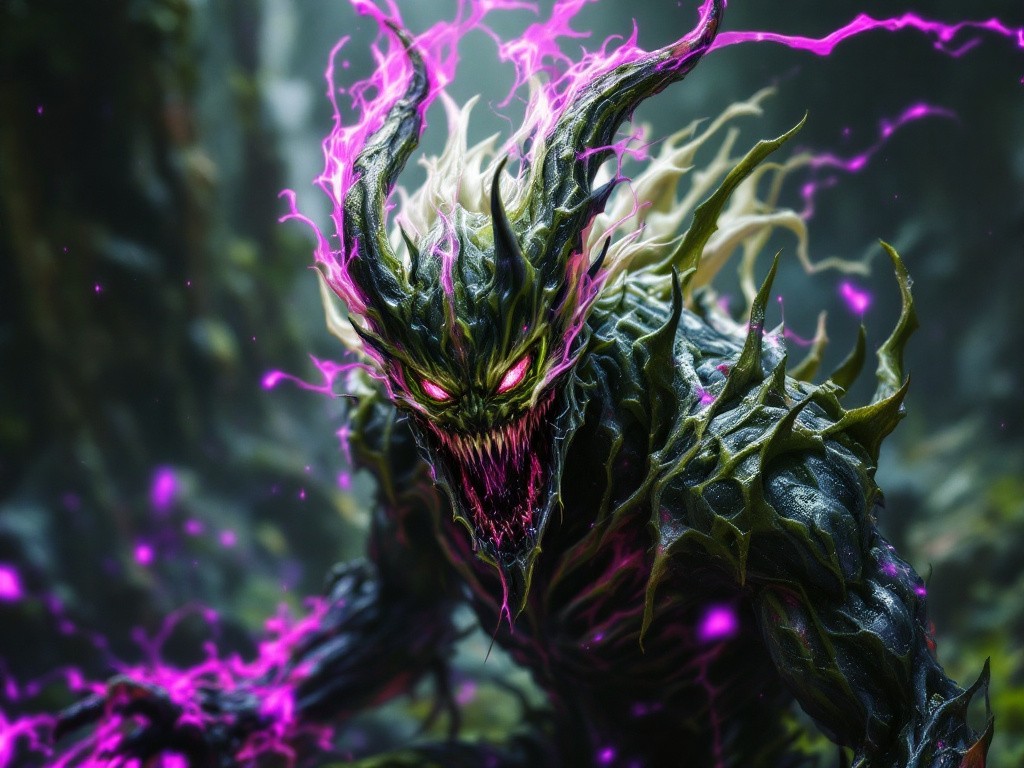
2. The Wendigo
The Wendigo is a creature from Algonquian folklore, often associated with cannibalism and insatiable hunger. According to legend, the Wendigo’s call is a high-pitched, eerie scream that echoes through the forests. This sound is said to lure unsuspecting victims into the wilderness, where the Wendigo waits to devour them. The creature’s terrifying sound has made it a staple of horror stories and urban legends in North America.
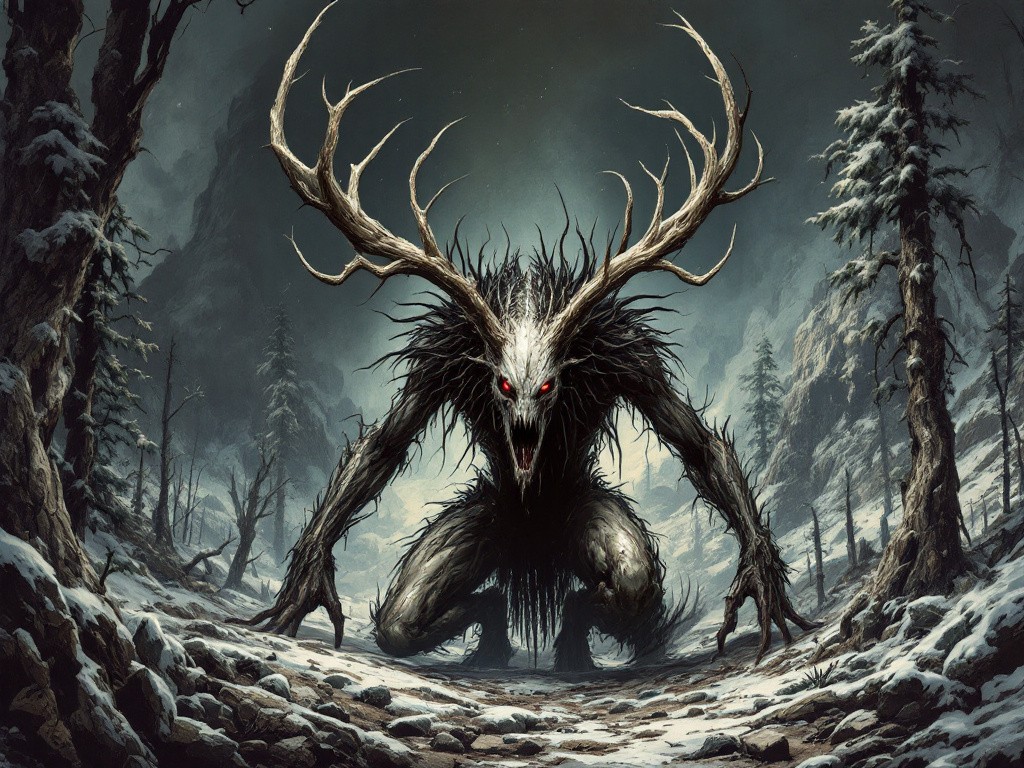
3. The Mothman
The Mothman is a cryptid that gained fame in the 1960s after being sighted in Point Pleasant, West Virginia. Witnesses have described the Mothman as a large, winged creature with glowing red eyes. While the Mothman is often silent, some reports claim that it emits a loud, screeching sound, similar to that of a large bird or bat. This sound, combined with the creature’s eerie appearance, has made it a subject of fascination and fear in American folklore.
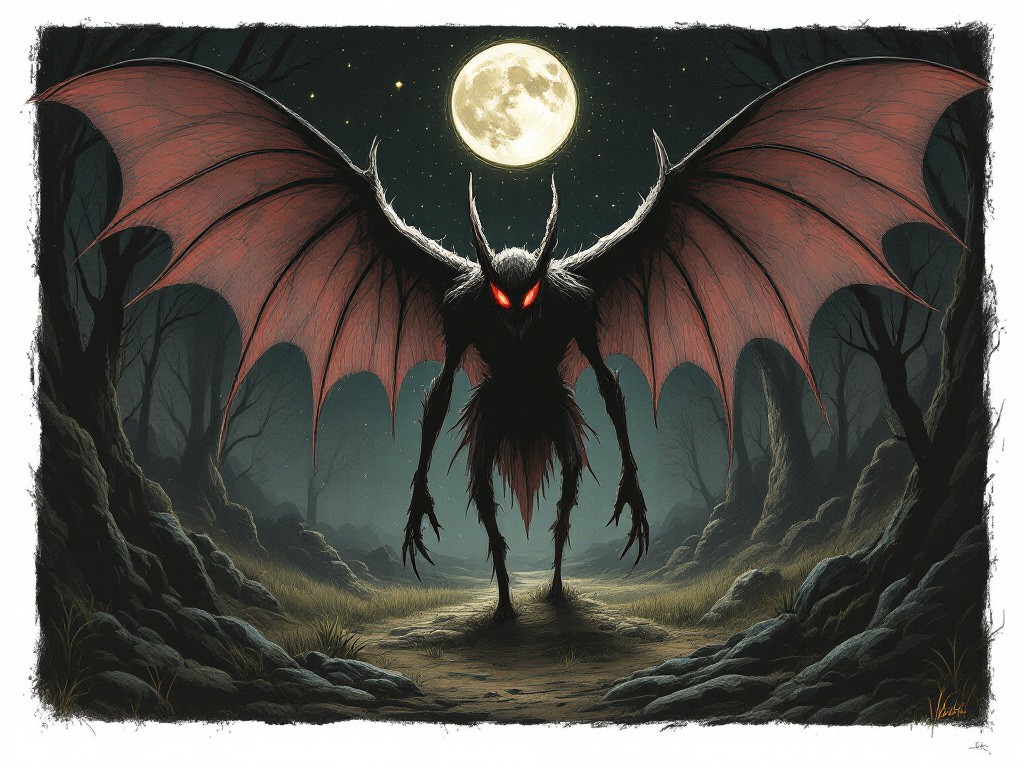
4. The Chupacabra
The Chupacabra is a creature from Latin American folklore, known for its attacks on livestock, particularly goats. The name “Chupacabra” translates to “goat-sucker,” and the creature is often described as a reptilian or canine-like being. While the Chupacabra’s appearance is terrifying enough, some reports claim that it emits a strange, hissing sound before attacking its prey. This sound, along with its bloodthirsty reputation, has made the Chupacabra one of the most feared cryptids in the Americas.
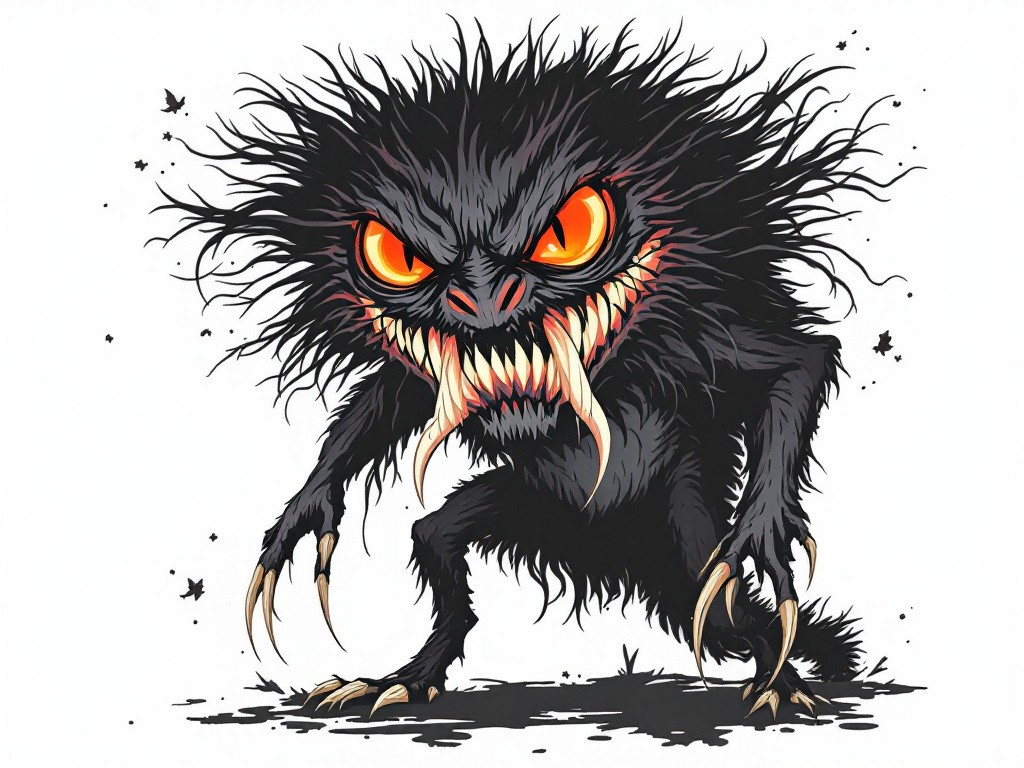
5. The Black Shuck
The Black Shuck is a ghostly black dog that is said to haunt the moors and coastlines of England. According to legend, the Black Shuck’s howl is a harbinger of death, and those who hear it are doomed to die soon after. The creature’s howl is described as a deep, mournful sound that can be heard from miles away. The Black Shuck has been a part of English folklore for centuries, and its terrifying howl continues to inspire fear in those who hear it.

Why Do Certain Sounds Evoke Fear?
The sounds made by these creatures, both real and supernatural, have a profound effect on the human psyche. But why do certain sounds evoke such strong feelings of fear and unease? The answer lies in our evolutionary history.s have evolved to be highly sensitive to certain sounds, particularly those that signal danger. High-pitched screams, low-frequency growls, and sudden, unexpected noises can trigger our fight-or-flight response, causing us to feel fear and anxiety. This response is a survival mechanism that has helped humans avoid predators and other threats throughout history.
In addition to evolutionary factors, cultural influences also play a role in how we perceive certain sounds. For example, the banshee’s wail is feared in Irish culture because it is associated with death, while the Wendigo’s scream is feared in North American folklore because it is associated with cannibalism and supernatural danger.
The Role of Sound in Horror Media
The terrifying sounds made by these creatures have not only influenced folklore and mythology but have also played a significant role in modern horror media. From movies to video games, sound is often used to create tension and fear. The screech of a banshee, the howl of a werewolf, or the growl of a monster can be just as frightening as the creature itself.
In horror films, sound designers often use a combination of real animal sounds and synthetic effects to create the perfect terrifying noise. For example, the iconic roar of the T. rex in Jurassic Park was created by blending the sounds of various animals, including elephants, alligators, and tigers. This attention to detail in sound design helps to heighten the sense of fear and immersion for the audience.

FAQ
1. What is the scariest-sounding creature in real life?
The howler monkey is often considered one of the scariest-sounding creatures in real life due to its loud, guttural howls that can be heard from miles away.
2. Are there any real animals that sound like supernatural creatures?
Yes, the barn owl and the red fox are two examples of real animals whose vocalizations are often mistaken for supernatural sounds. The barn owl’s screech and the red fox’s scream can be quite unsettling, especially when heard at night.
3. What is the significance of the banshee’s wail in Irish folklore?
In Irish folklore, the banshee’s wail is believed to foretell the death of a family member. Hearing her scream is considered a bad omen, and it is said that only certain families can hear her cry.
4. Can the Wendigo’s scream really lure people into the forest?
According to Algonquian folklore, the Wendigo uses its eerie scream to lure unsuspecting victims into the wilderness, where it waits to devour them. While this is purely a myth, the Wendigo’s scream has become a staple of horror stories.
5. Why do certain sounds scare us more than others?
Certain sounds, such as high-pitched screams or low-frequency growls, can trigger our fight-or-flight response, a survival mechanism that has evolved to help humans avoid danger. These sounds are often associated with predators or other threats, which is why they evoke fear.
Conclusion
Whether real or supernatural, the creatures we’ve explored in this article are known for the terrifying sounds they make. These noises, whether they are howls, screeches, or bellows, have a profound impact on the human psyche, triggering fear and unease. From the banshee’s wail to the Wendigo’s scream, these bad-sounding creatures continue to haunt our imaginations and inspire stories of terror.
By understanding the origins and significance of these sounds, we can gain a deeper appreciation for the role they play in both folklore and modern horror media. So the next time you hear a strange noise in the night, remember—it might just be one of these terrifying creatures lurking in the shadows.
